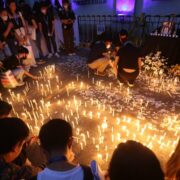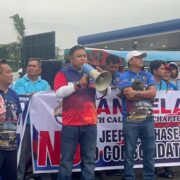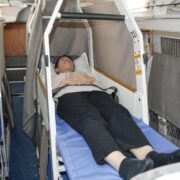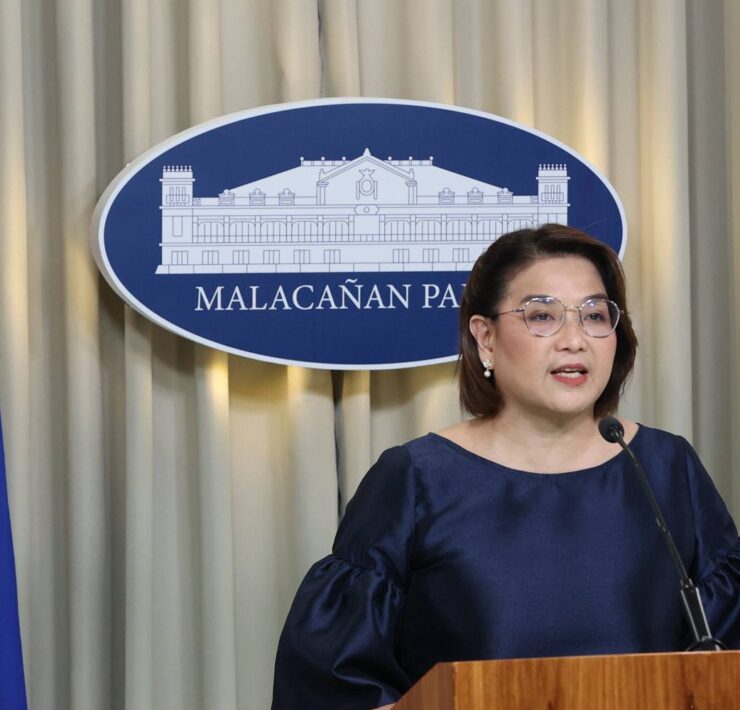Storied Baliwag house hosted Quezon, other historic guests
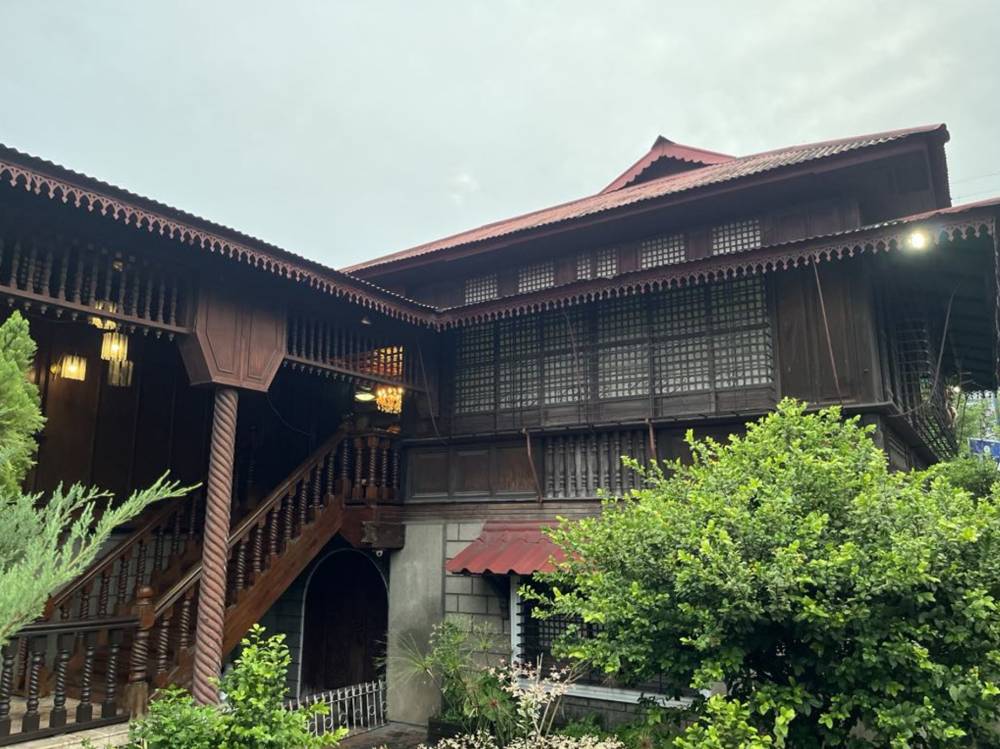
Standing prominently at the corner of Dr. Gonzales and Torres Bugallon streets in Tibag village in Baliwag, Bulacan, is an unassuming “bahay na bato” that holds a special place in the history of Baliwag and of the Philippines.
One of few remaining ancestral houses in the city, this house was said to have been built in the first decade of the 20th century by physician Rafael Bertol and his wife Carmen Fores, whom the former met and wed shortly after his arrival in the town in 1901.
Bertol had a colorful career as the first municipal health officer of Baliwag during the American period and, later, as the medical director of the Manila Railroad Company (MRR).
Born either in what is now San Enrique (formerly of Valladolid) or Kabankalan in Negros Occidental on July 2, 1874, Bertol was assigned by the then Board of Health (later Bureau, now the Department of Health) in Baliwag to serve as its health officer, a job he held until he was assigned to the MRR in 1918 upon the request of then Senate President Manuel Quezon.
Quezon was his schoolmate at the Colegio de San Juan de Letran, as well as a close friend and godson in the rite of confirmation.
Public health icon
Bertol’s 151st birth anniversary was recently commemorated at the Museo ni Mariano Ponce in Baliwag through an intimate program and tour of the house, the first such event in the city for Bertol.
The event, which included short lectures on his life and house, was organized by the local historical group Pangkat Saliksik ng Kasaysayan ng Baliwag with the support of the said museum, the local government represented by Councilor Joel Pascual and Susie Garcia, Barangay Tarcan officials led by Captain Edgar Pancrudo, the Bertol family, and the current owner of the house, the Centeno family.
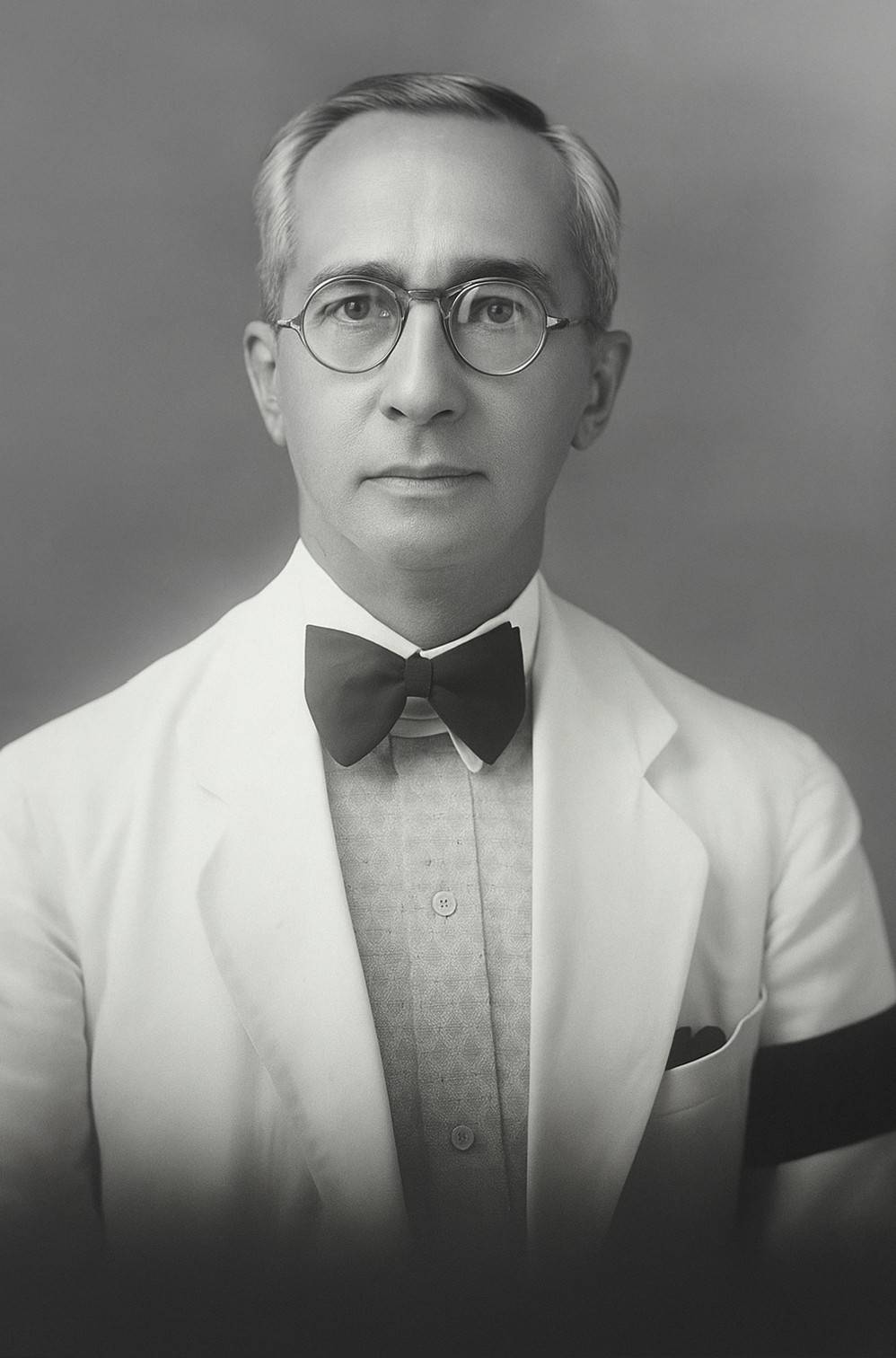
Bertol played an immense role in curbing the debilitating cholera epidemic of the early 20th century and the dengue outbreak that hit Baliwag in 1918.
He was also instrumental in the construction of the first artesian wells in Baliwag and, together with his wife, reared infants needing attention at their residence.
He likewise ensured that quality carabao milk were sold in town, going after those who sold diluted ones.
But he and his family had to leave Baliwag in 1918 and settle in the country’s capital region as he could not refuse Quezon’s request for him to serve at the MRR, which later became the Philippine National Railways.
He passed away in 1939 due to a stroke while he and Quezon were en route to the inauguration of the Manila-Legaspi line of the PNR.
Famed visitors
Possibly built between 1902 to 1910, the family house was sold by Bertol prior to leaving Baliwag in 1918.
More than 40 years ago, it was bought by the Centeno family from the aunt of movie and television icon Charo Santos-Concio, who likely bought the house from the Bertols.
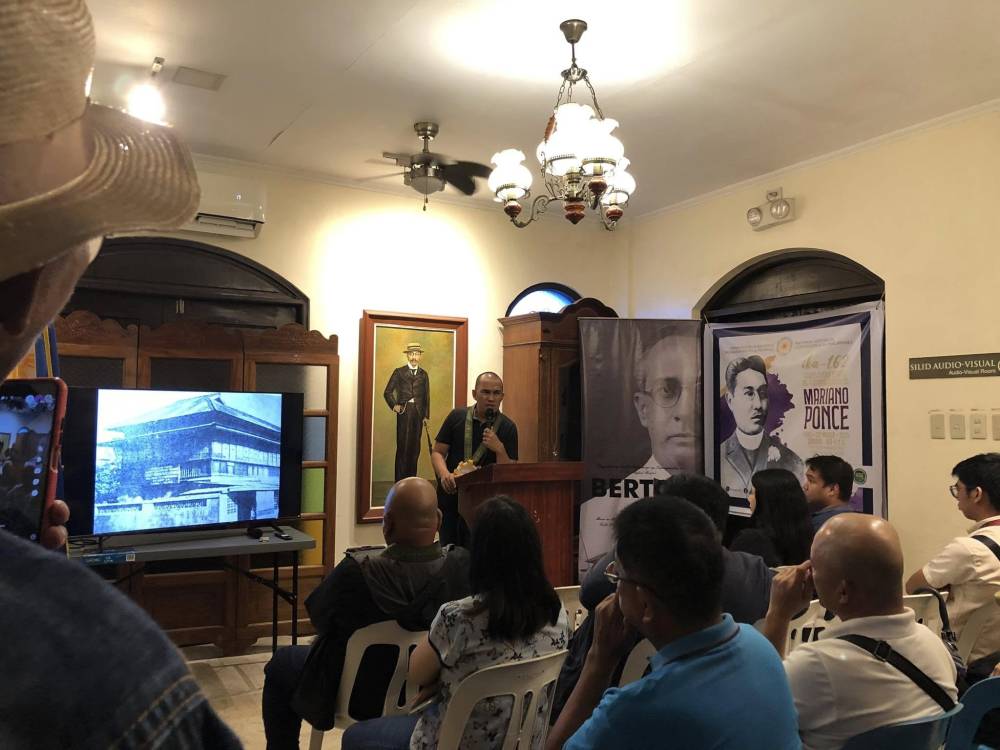
In the 1980s, the Centeno family, who incidentally are also medical doctors, repaired and renovated the then crumbling house. Today, it is in excellent condition and under regular maintenance.
During its heyday, the house was frequented by high government officials during celebrations and occasions organized by the Bertol couple.
Aside from Quezon, the guest list included Francis Burton Harrison (1873-1957), the American governor general of the Philippines (1913-1921) who pushed for Filipinos to hold high government positions, apart from being a close adviser to Quezon. Harrison was naturalized as a Filipino in 1936 through a Philippine Commonwealth Act.
Two-story abode
Famed soprano Jovita Fuentes (1895-1978), who in 1976 was declared a National Artist for Music, and defender of Muslim rights Princess Tarhata Kiram (1904-1979) of Sulu, were also regular visitors to the house, which at times even served as a shelter for stranded Baguio-bound travelers.
The recent tour of the house was undertaken through the generosity of the Centeno family which has painstakingly restored, renovated, and adorned it.
It is a two-story abode, with the first level made of adobe and the second level of wood, the hallmarks of a classic bahay na bato.
It has wide capiz shell windows topped by “espejos” (light diffusers) also of capiz, instead of the typical colored glass panels; “ventanillas” for ventilation below the windows; and a reused azotea at the back.
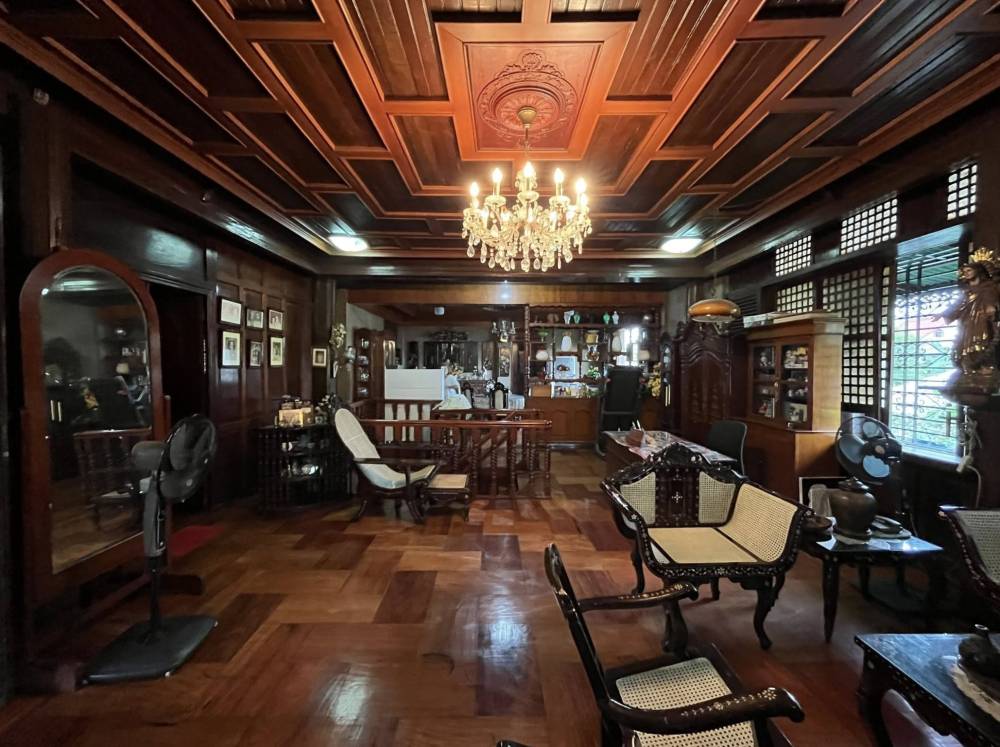
The house has spacious living and dining rooms and a number of bedrooms, with one having the quintessential Ah Tay (four-poster) bed.
It features stately interiors with furniture marked by a Baliwag trademark—bone inlay, which is locally called imbute.
During its renovation in the 1980s, a discovery was made of a set of carved wooden panels placed inside the ceiling and bearing the inscription “Ave Maria Purisima,” which refers to Baliwag’s other revered icon, the La Purisima Concepcion.
According to religious iconography specialist Billy Malacura, the panels could have been a decorative element for retablo or temporary altars, or decorations at the entry or exit points of a convent, sacristy, or camarin.
The panels possibly date from the early 20th century, or almost the same age of the house.
Due to its importance, the local government of Baliwag, through its Arts, Culture, and Tourism Office, is set to install a marker at the historic house.
Apart from the local marker, the structure can also be possibly declared a Heritage House by the National Historical Commission of the Philippines for its historical, cultural, and social significance.




